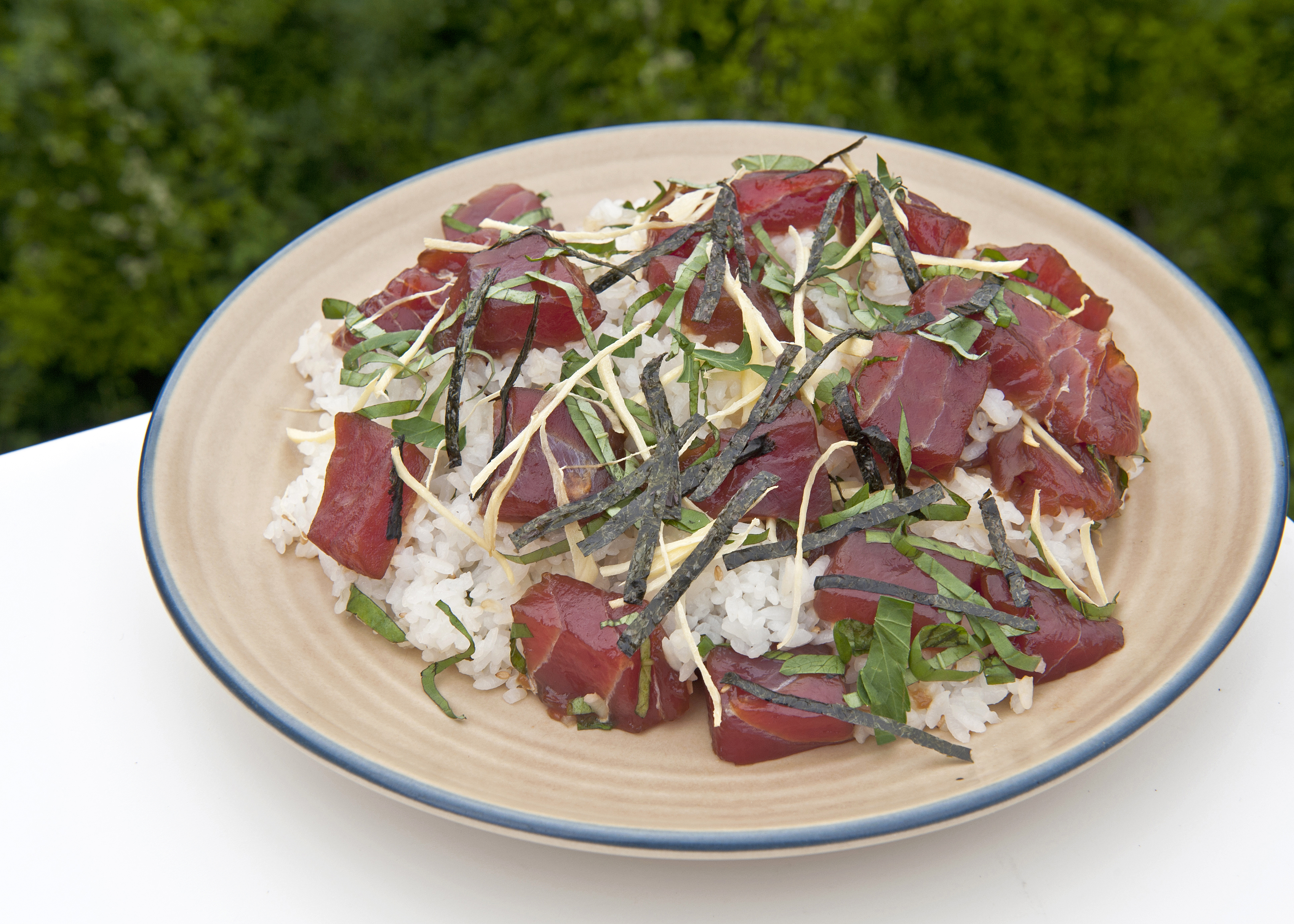Fresh, raw tuna reigns supreme in the culinary world these days, especially when it comes to sushi and sashimi. Bluefin tuna, known in Japan as hon-maguro or "true tuna," is so popular that global stocks are dangerously low due to overfishing. But tuna didn't always reign supreme: until the modern era it was considered a undesirable fish that was only fit for the lowest classes — and cats.
There were two main reasons for this disdain. An old Japanese name for tuna was shibi (the word is still used in some parts of Japan) and, though there are several theories about the origin of this name, it can be read as meaning "the day of death." To the highly superstitious people of the Edo Period (1603-1868) — especially the samurai class — such pun-like coincidences were taken very seriously. So tuna acquired a reputation for being an unlucky fish. The other reason was that in the days before refrigeration, fish were kept alive for as long as possible to ensure their freshness, especially if they were prepared without heat. It was impossible to keep large tuna alive, so the flesh deteriorated rapidly. The fatty parts of the fish, which went bad before the lean parts, were so disliked that they were deemed fit only for cats. Those same fatty parts, called toro, are now the most in-demand and pricey parts of any fish; a slice of otoro (the fatty belly meat) is one of the priciest morsels you can put in your mouth.
When soy sauce became widely established as a cooking ingredient in old Tokyo during the mid- to late 18th century, people discovered that tuna kept longer and tasted better if it was marinated in a mixture of salty soy sauce and sweet mirin (a type of rice wine) or sugar — a method of marination called "zuke" — since both salt and sugar act as preservatives. Gradually tuna became more popular, but only the lean parts. With the advent of refrigeration, it became possible to freeze tuna as soon as it was caught to keep it fresh.



